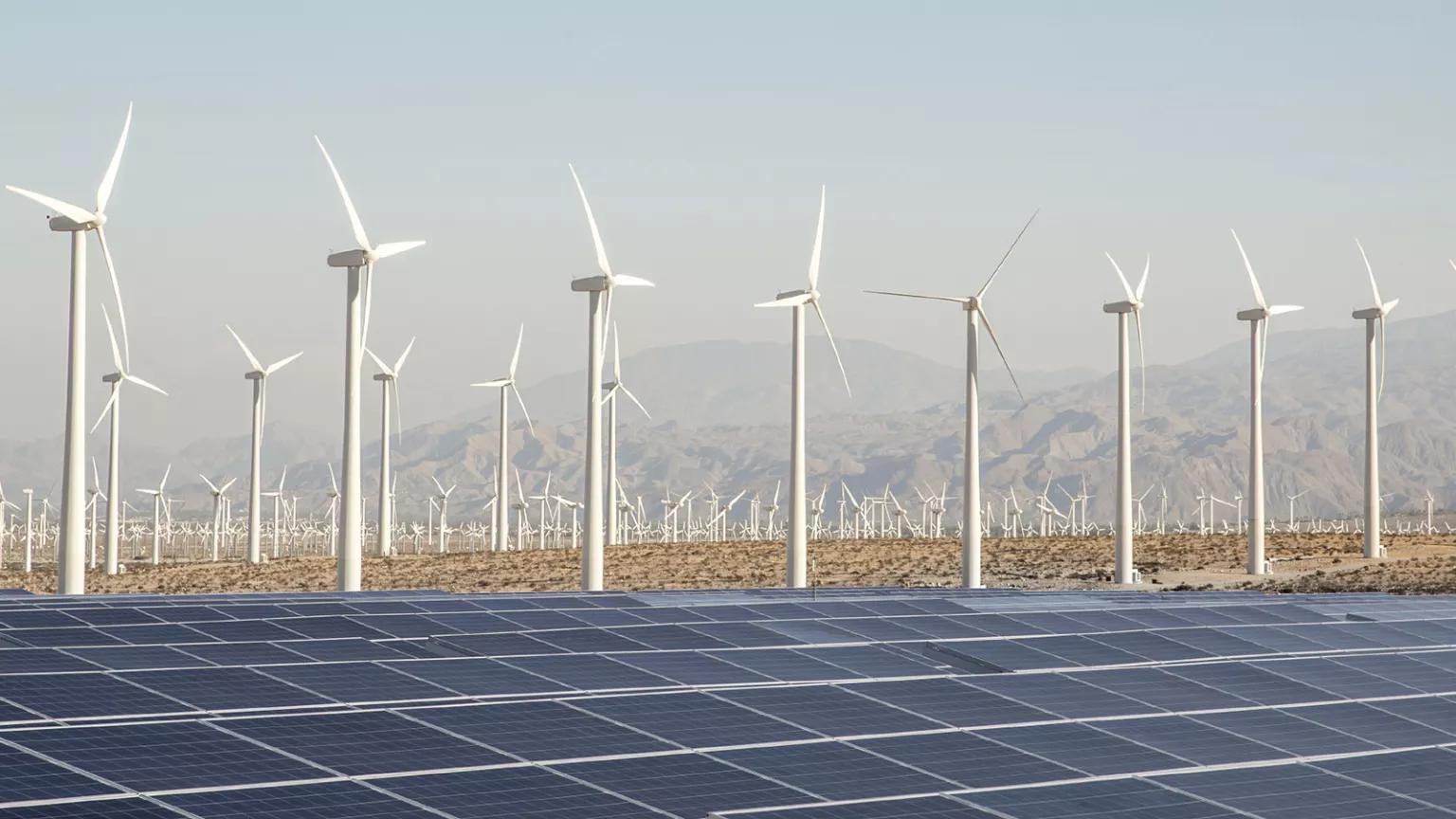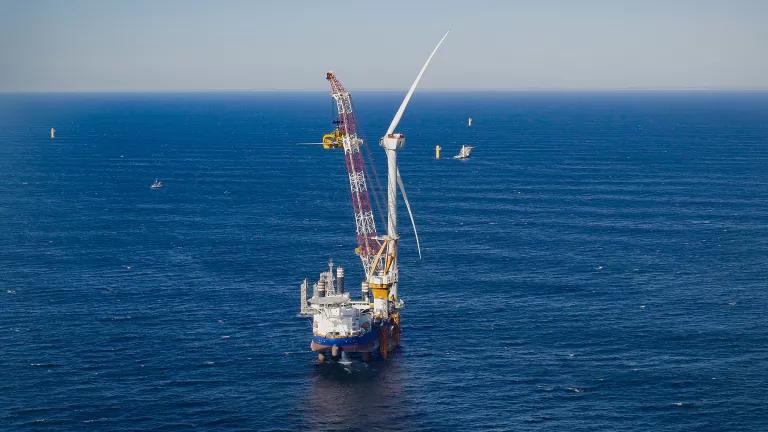Cost of Building Power Plants in Your State
Use the levelized cost of electricity tool to explore the cost of building and operating a new power plant in your state using different technologies.

iStock
How Much to Build and Run Power Plants in Your State?
The electricity sector is undergoing a period of fundamental transformation, driven in part by rapidly falling costs for renewable energy and competitive natural gas prices. The share of wind and solar power has increased from 2 percent to more than 8 percent nationally since 2009, and natural gas generation has recently surpassed coal as the primary source of electricity. As a result of these shifts, carbon emissions from the power sector are at a 30-year low—having decreased 27 percent between 2005 and 2017.
This tool allows you to explore the changing economics of the power sector, which are reflected in the cost of generation from new power plants. The cost of harnessing power from wind and solar has declined by 67 percent and 86 percent respectively from 2009 to 2017. Due to these cost declines—as well as supportive federal and state policies—wind and solar projects account for the majority (62 percent) of new capacity added to the grid since 2014. New natural gas-fired power plants make up most of the remainder (35 percent).
Select a state and compare the cost of building and operating a new power plant for five different technologies: coal, natural gas (combined cycle), nuclear, wind, and solar (utility-scale) and explore how a range of projections for future technology costs or fuel prices could impact the competitiveness of each type. You can also examine the effects of the federal renewable energy tax credits—which are scheduled to phase down over the next several years—or the impact of policies that place a price on carbon emissions.
What is the Levelized Cost of Electricity?
To illustrate how the cost of different technologies compare, the tool calculates what is known as the levelized cost of electricity (LCOE). The LCOE represents the total cost of financing, building, and operating a power plant, divided by the total amount of electricity generated by the plant over its economic lifetime, provided on a dollar per megawatt-hour ($/MWh) basis.
The LCOE does not account for the different operating characteristics of power plants nor additional costs, such as transmission, permitting, or environmental control costs. And it does not take into account the non-energy value streams that power plants might provide—capacity, ancillary services, environmental benefits, etc.
Each data point in the LCOE chart represents the levelized cost of a project built in a certain year, over the course of its 20-year lifetime.



